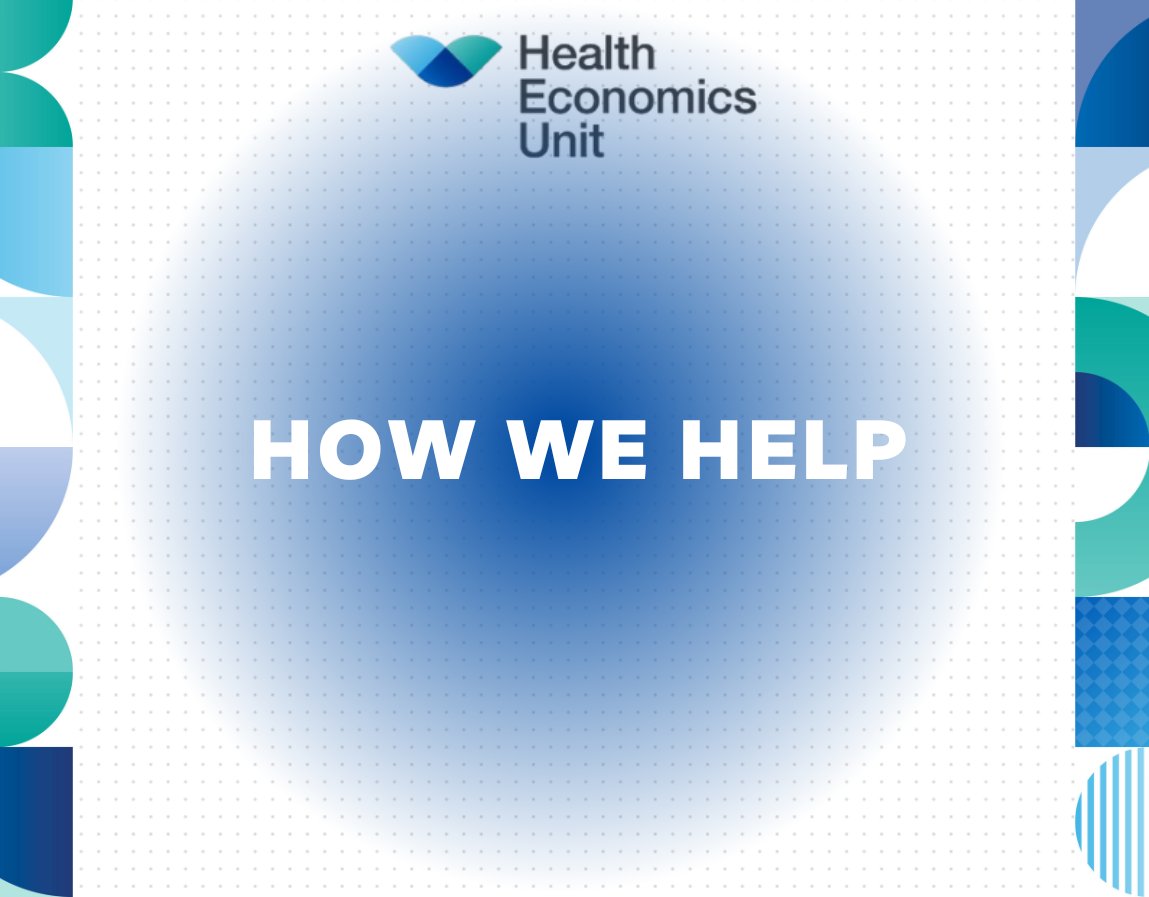Gambling harm has a significant health, financial and societal impact. However, the prevalence of gambling harm in the UK is not well understood, with different sources giving different estimates, making it difficult to plan and deliver important support and treatment services. The Health Economics Unit (HEU) was commissioned by GambleAware to create the first ever demand and capacity model for the population experiencing gambling harm.
There is potentially a large gap in provision between the wider population experiencing gambling harm and those being treated by support and treatment services.
Commissioners wanted to be prepared for any changes in the demand placed on support and treatment services in the future, such as changes in gambling regulation. The HEU created a demand and capacity modelling user tool for the population experiencing gambling harm to support commissioners in planning support and treatment services.
The aims were to:
- Understand the demand presented on the National Gambling Support Network (NGSN).
- Understand the capacity of the NGSN to treat those people experiencing gambling harm.
- Estimate the costs associated with gambling treatment services.
Using real-world data from people previously referred into NGSN support and treatment services, the HEU created a model that connected people placing demand on the NGSN, their referral information, their appointments, number of people treated, costs of providing treatment and the number of staff required. The HEU team also compared NGSN service use to the wider population of people who experience gambling harm.
Through engagement with relevant stakeholders, the HEU transformed this model into an effective planning tool for commissioners and health care planners.
Understanding demand through data
The HEU began with a literature review to understand any previous demand and capacity modelling studies across gambling harm and wider addiction. While we didn’t find any previous studies on gambling harm, for addiction studies, we found that system modelling was used most frequently and applied that approach to our project.
The HEU then used process mining, a data-driven method of identifying interconnected relationships, to model the relationship between demand on the NGSN, those treated and referrals into the system and corresponding support and treatment appointments. To understand the economic impact, the team used economic modelling to estimate the costs of providing support and treatment and the staff required. The HEU used service use data to understand the typical person experiencing gambling harm and incorporated the corresponding costs into the model.
The HEU reviewed the findings of our reference model, which reflected the current landscape, at various levels of detail, and performed scenario modelling/sensitivity analysis to compare results against the baseline model. This was designed to explore potential scenarios that might come in the future due to changes in demand or variation in other key parameters.
From this, the HEU created a user tool within STELLA software to help commissioners plan services under different scenarios of changing demand. The tool was co-designed with stakeholders, through three stakeholder workshops at different stages of development.
The work was reviewed extensively by the project team and various aspects (including the methodology and user tool) were also quality checked outside the HEU.
Anna Hargrave, Chief Commissioning and Strategy Officer, GambleAware, said: “Thanks to the HEU’s collaborative and expert approach, we now have an impactful demand and capacity modelling tool.
“The tool will further support a whole system approach across the third sector and NHS to ensure that capacity effectively meets the needs of those experiencing gambling harm in the most cost-effective way.
“This will also help us to identify the true prevalence of gambling harm in order to empower commissioners to plan and deliver more effective support and treatment services, supporting true need, both now and in the future.
“Together, we’ve made important steps to strengthen our understanding and focus on improving the lives of those experiencing gambling harm.”
Conclusions
This is the first demand and capacity model to be created for the population experiencing gambling harm and it is the first step in helping providers make better decisions about planning and delivering support and treatment services.
The HEU has made recommendations to further refine and improve the model and are working with GambleAware to support them in implementing the findings of this work.
Work with us! Contact the HEU to find out how we can help you make better decisions.
